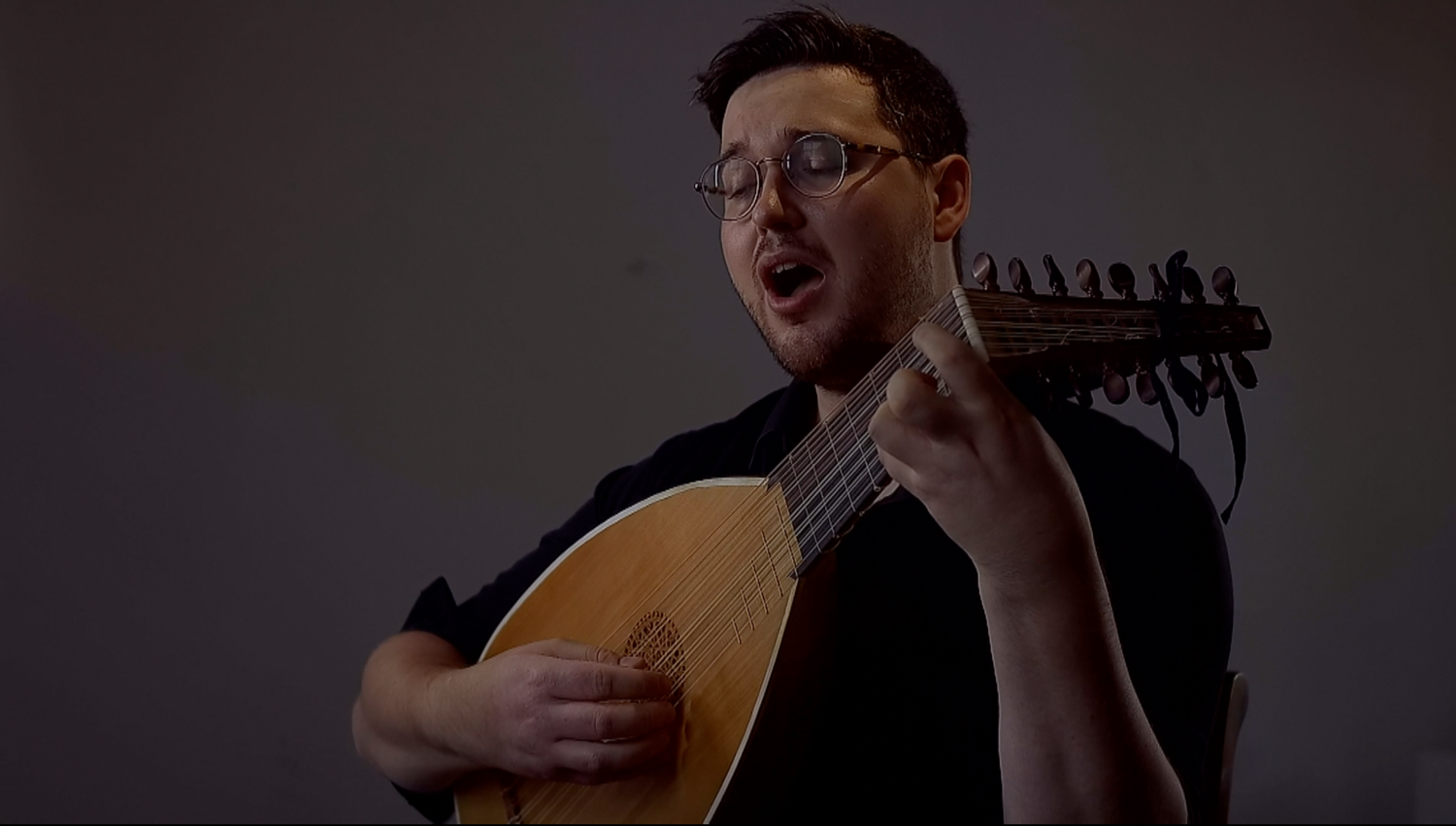Pietro Reggio on Teaching the Trillo (1677)
- Tim Braithwaite

- Jul 6, 2021
- 2 min read
‘Now let us proceed to teach a man to Trillo, and what he must do, for to come to do it well. The first Trial is as follows.

Let any bodie use his Voice to sing often these Notes just as they stand pricked, and in time he will come to it, if in the same time he observes to make an impulsion with his Voice upon the first Note of the second Bar: or else, if he find that this rule doth not agree with him, let him trie this other that followeth:

He must begin with his first Note, and then break all the eight Semiquavers, one by one, and at the first Trial let him sing these, as if they were but Quavers, and then use himself to sing them quicker, and quicker, till he can tie them altogether; then he will come to the Trillo by exercising this way, principally, if he practice it in the Morning, and let not any bodie think, that if they cannot do it presently, they shall never attain to it: for I will assure them, that there is not one in an hundred that will miss to Trillo well, if he peruse these Examples with a little patience and labour.’
————-—————-—————-—————-—————-—————-—————-——
*Notes*
Pietro Reggio, The Art of Singing (Oxford: Leonard Lichfield, 1677).
I find this to be an intriguing passage since I know of no other sources which describe the rapid re-striking of a single note as a potential substitute for an upper neighbour note trill.
Aside from this, both of varieties of trill described here would be out of place in most modern performances of late seventeenth-century English vocal music, in which alternations of pitch tend to be performed exclusively from above and the rapid re-striking of a single note is considered to be out of place.




Comments